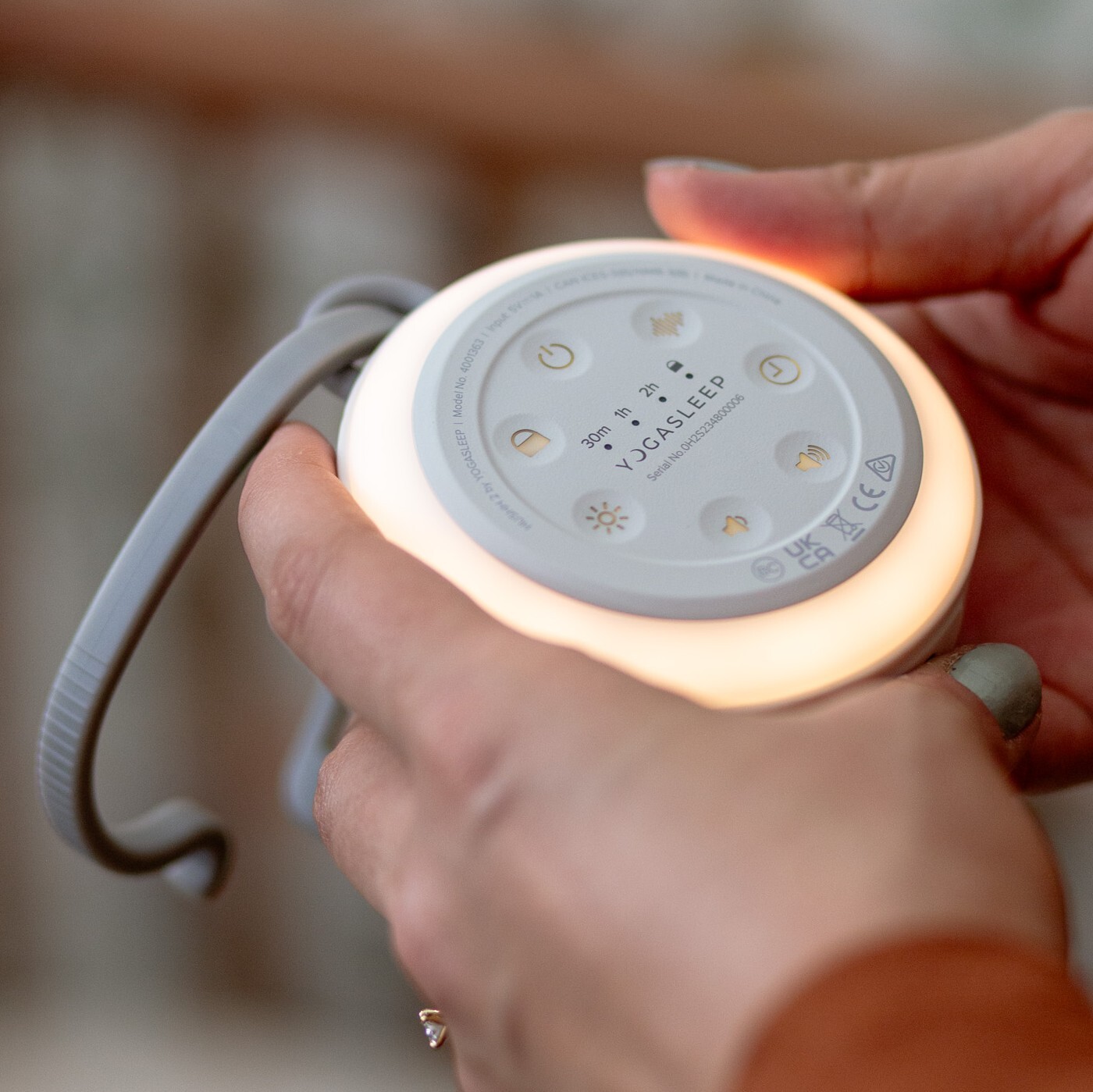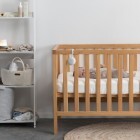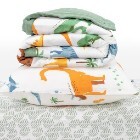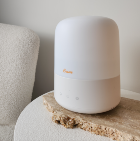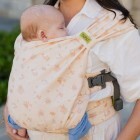We're here to help with free information, advice and support. On this page you will find links to our advice pages and articles. We offer New Zealand's most comprehensive online baby sleep support service, it's free for any parent to access at anytime.
We have a team of expert Sleep Coaches, who are ready to help you on our Facebook Groups, by email or here with our articles. We are called Sleep Coaches rather than consultants, as we're here to support and guide you to decide what is best for YOUR family. Since 2006 we've help thousands of families find the sleep solutions they need. Let us know how we can help your family.



